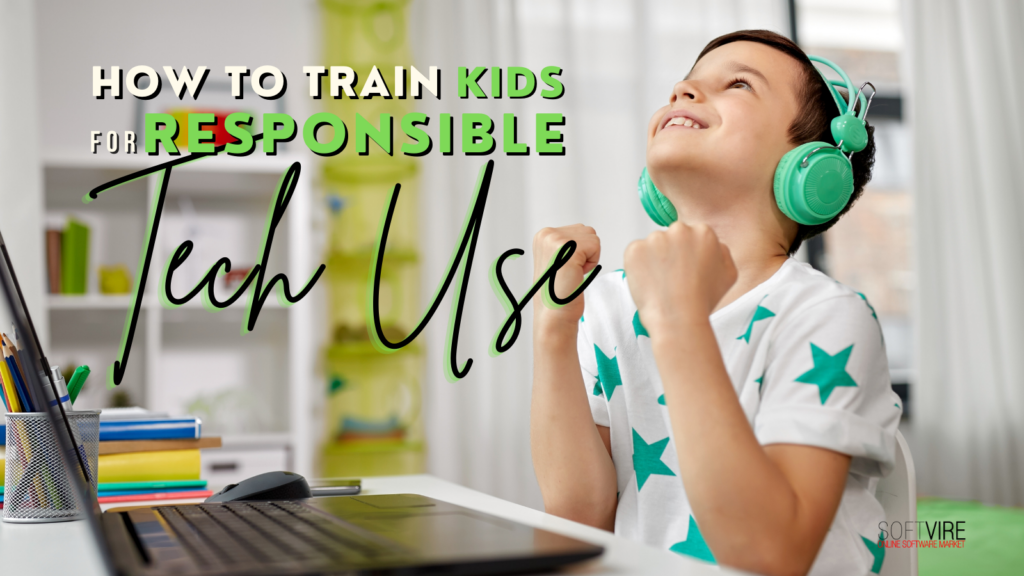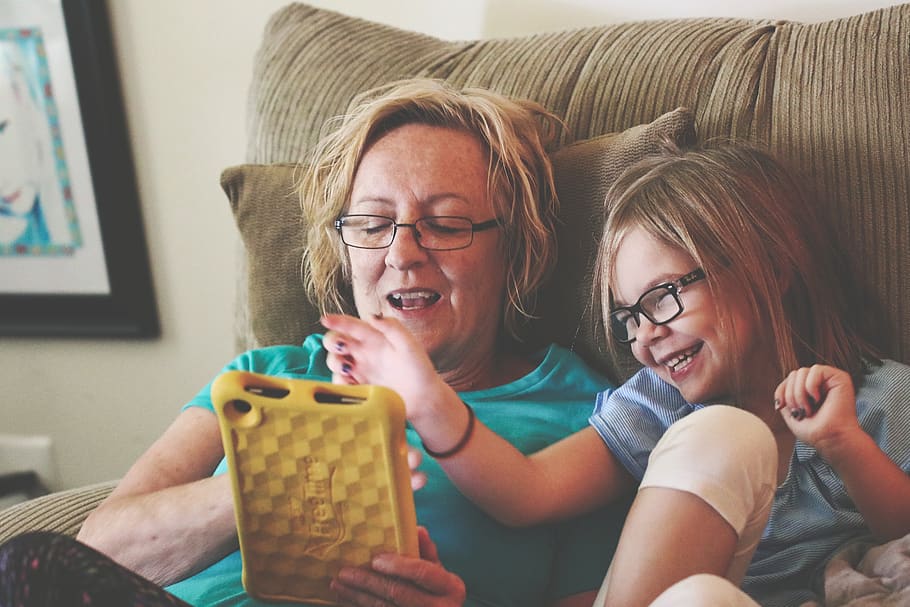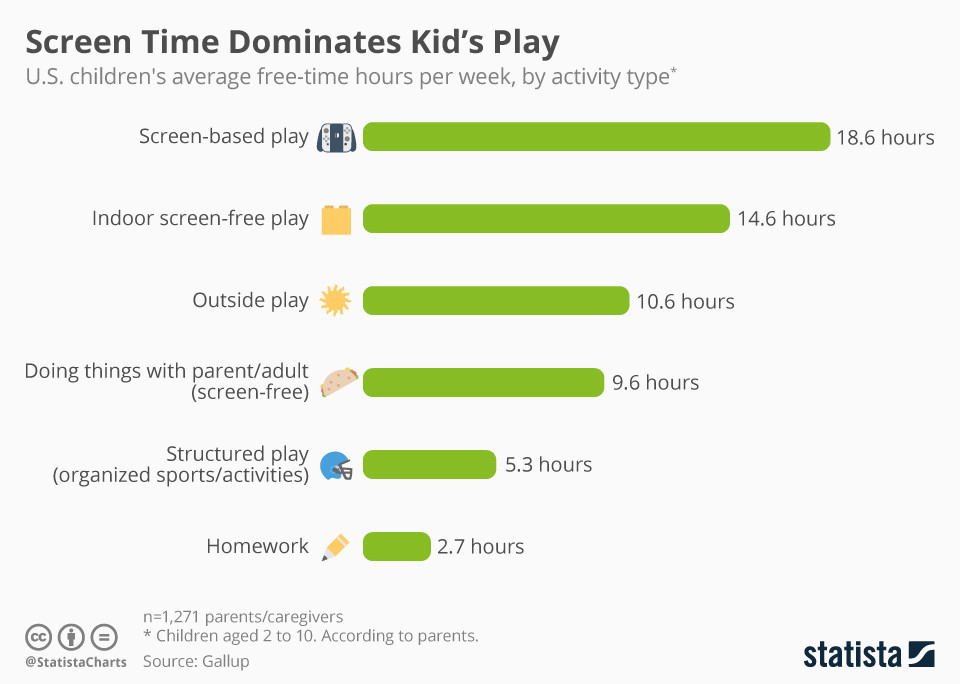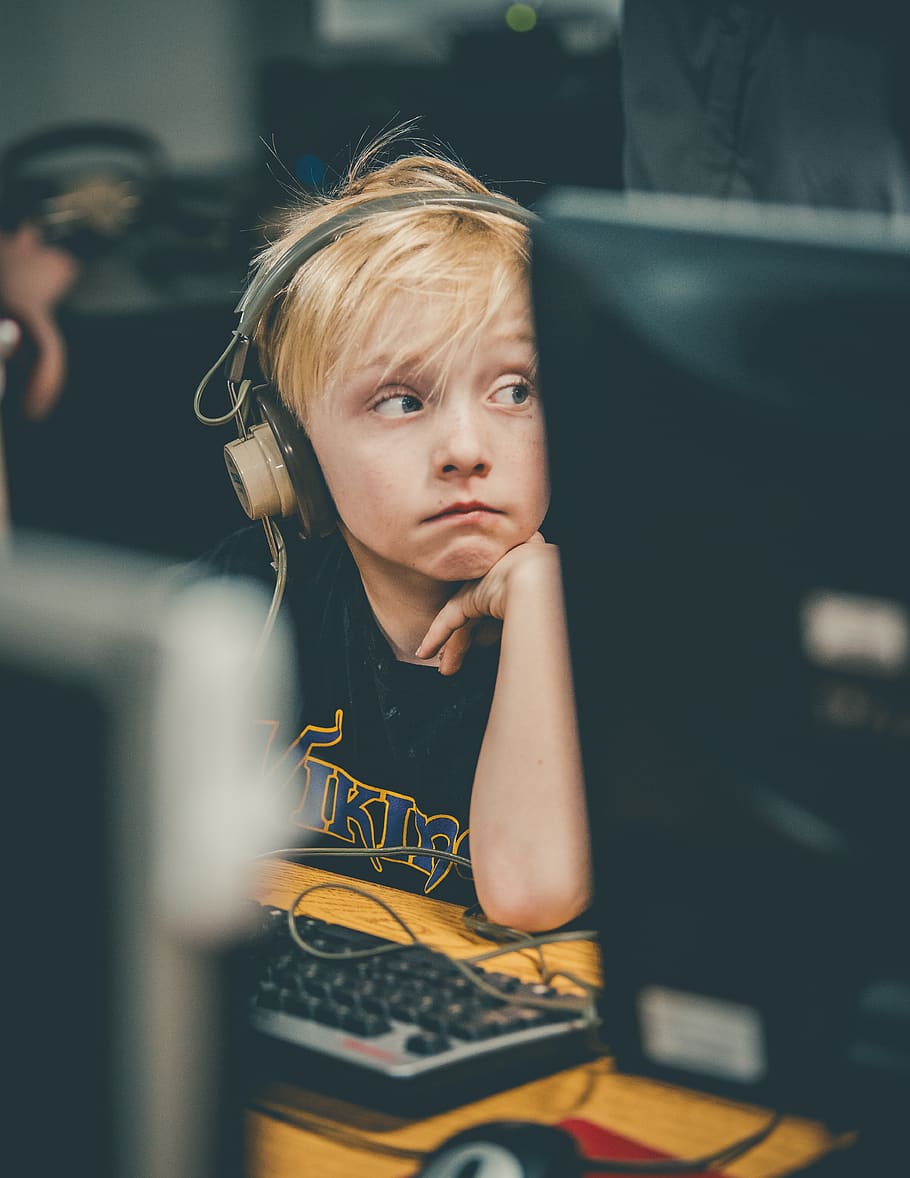To train kids is an utmost responsibility among parents, educators, and the adult community at large. They will not learn how to be responsible citizens just on their own. Well-guided kids become well-guided adults that contribute to society someday.
Part of this training is how to be responsible for tech users and digital citizens. Responsible use of technology is a challenge that adults face in this ever-evolving digital era. If adults are having a challenge doing so, how much more kids still lack discernment and self-control when left alone with their devices?
Parenting nowadays involves challenges that parents from previous generations have never encountered before. Disciplining and educating children to be responsible digital citizens is one of those modern-day parenting feats to hurdle in the new millennium.
Let us train kids and arm them with the knowledge to face the digital age they will soon be an active part of as decision-makers, trend-setters, and forerunners of tomorrow’s digital economy. Before that time comes, let us train kids how to be responsible users of the technology today.
Here are some things you can do to be a present and active part of their technology use.
7 Steps to Train Kids Who are Responsible Tech Users
-
Set the Example
Children learn more by example. Regardless of how often you ask them to put their gadget away during dinner time. If they see your phone at the dinner table, forget about it. You are not exempted from your own rules just because you are the parent.
Even more, you have the accountability to follow your own rules so that you can show your kids the rules can be made, and you are doing it together.
So if you want your children to be responsible tech users, be one yourself. Model to them what an accountable tech-user looks like and sounds like. Make it part of your family’s culture, so it becomes natural for you and your children to use technology within reason.
-
Establish Boundaries
You can call it goal-setting or rule-making. It does not matter as long as you set boundaries around gadget use. Here are different things to consider:
Screen Time
According to a Gallup study of U.S. parents and guardians, the average kid spends much of their spare time on screen-based activities.
Children are not to blame for this alarming trend, though. The lack of one-on-one time between parents or guardians is one of the factors of this trend. Another factor is that education is moving online more and more.
Here is a video you can show to train kids about the value of saying goodbye to their gadgets when it is time to stop.
Video Source: Common Sense Media
Online Learning
While it is true that software and apps help boost student learning, parents and education providers still need to assess if the kids must stay online a bit too much for learning.
Online classes may be a necessity, but technology use must be still be balanced. Parents or other able members of the family need to be more involved in the kids’ education, so there can be a healthy mix of online and offline activities.
Online classes should not exceed more than 30 minutes in one sitting. Middle school children should not exceed 3 to four hours of screen time a day, while younger kids should only have 1.5 to 2 hours at most, spaced throughout the day. It could be spaced throughout the day or the week and must be mixed with other sensory activities face-to-face with their parents or guardians.
Rewards and Consequences
When rules are broken, or boundaries are tested, children need to know there are consequences to their actions. As mentioned, you need to establish ground rules at the onset.
You need to be constant about the rules you set and follow through. For example, if you agreed that overdoing gadget use can cause them to lose the privilege of using their gadgets, follow through when they violate. Established that their devices are a benefit they get to enjoy early on, and not a right they could demand.
Putting a system to your children’s daily schedule also makes it easier for them to classify their tech use. Eventually, they will get used to using technology and devices for specific tasks only. Most child experts attest to this, that structure is vital to a child.
Also, incorporate reward systems like an extra half hour of gadget time during the weekdays for completed chores. It depends on what rewards work best for your children but gives rewards because it builds up your kids’ confidence and character.
-
Encourage Cultural, Sports, and Other Outdoor Activities
Screen time on any device cannot replace human engagements, sports, and outdoor activities. Since stringent social distancing measures are slowly being eased, make it a point to bring your children outside for some outdoor activities.
As much as possible, avoid dependence on gadgets and technology as the sole source of entertainment, even information.
Expose them to reading and opportunities outside the home and the school to interact with other children. If the kids are stimulated enough, they will not need to rely on technology all the time to fill that need for learning and interaction.
-
Respect Your Their Privacy, but Train Kids Accountability
While your kids are young, your children must not be keeping passwords from you in any of their accounts. Yes, you will respect their privacy and will not use that information to pry on their social media accounts or private messages without their knowledge.
But your children must realize that they are accountable to their parents regarding their digital life. If you ask to check your children’s messages or social media accounts, you can protect them. So, build trust with your children. They need to know you can be trusted with their private accounts and that you will be there for them to protect and guide them.
Train kids to sift through friend requests or messages from friends, not give personal information, send pictures of themselves, or provide information about the family.
Teach them that anyone who pries information like this can be harmful and train your children to spot malicious apps and engagements online. You cannot protect them entirely from the dangers of the internet, so you need to equip them to discern such things and avoid them.
Video Source: Smile and Learn
-
Be Creative
Again, make responsible use of technology and even cybersecurity be a part of your family’s culture. As young as they are, your children need to know the different trends and threats in the digital world.
For instance, talk about it casually at the dinner table. Find ways to use technology with other families or encourage them to use it together through school-driven activities, events, fund-raisers, or other projects.
You can make slides or creative worksheets through Office 365 apps like Microsoft Word or PowerPoint. If you already have Microsoft Office Home and Student 2019, especially since your children are probably learning
Find other beneficial and fulfilling uses of technology to show kids that technology is beyond gaming, watching videos, and the like.
-
Train Kids on Internet Safety and Online Privacy
It would help if you were not allowing your children to have individual social media accounts when they are minors, but you can get them involved with your social media account. Demonstrate to them how you think before posting.
As young as they are, talk about cyberbullying and social media perils that affect young kids today, like depression or self-harm.
If your kids already have a social media account, get involved with their digital lives right away. Narrow social media use to one or two platforms and supervise them on the appropriate information to share online.
You need to train kids to be courteous even online and to never engage in any form of cyberbullying. If your children are experiencing cyberbullying themselves, they should come to you right away.
Knowing whatever they write online creates a digital footprint, and deleting a post does not entirely make it go away. For an older kid, inform them that social media messages can affect their mental health or even hurt while looking for a potential job, as shown in a video “Oversharing” by Commonsense Media.
-
Keep Communication Open
Your children will make mistakes, and you need to be there not to put them down or criticize them but guide your children on how to correct where they got it wrong. Your children need to know that they still have your love and support even when they make mistakes. It gives them the confidence to do better next time.
Let your child know they should still come to you if they feel unsafe, afraid, or concerned about a social media post, YouTube video, or a stranger’s messages. Use these experiences as learning opportunities. Errors are part of our children’s learning process.
Conclusion: Train Kids to Be Wise, Responsible, and Safe
In a few years, we might have to change and adjust some rules as my children grow up and mature. But the goal is that they become responsible adults who know how to use technology responsibly at the end of this.
The hope is that teaching them how to be responsible digital citizens now while they are young would grow them as future leaders and problem-solvers in the digital world.
Training kids on using technology correctly can be overwhelming because they seem more adept at technology than we are. It may be accurate, but we cannot back out of our duty to train kids just because we are not as tech-savvy as they are these days.
We need to help them make technology a tool and platform our children can use wisely, responsibly, and safely.










